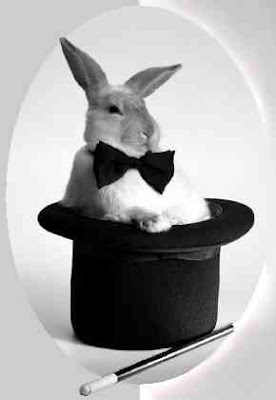Die Zauberflöte: A Love Story
The Magic Flute, in English, features a love story between a prince and princess: Tamino and Pamina. The opera, made in 1791 by Mozart, was premiered in the height of the Romantic era. The opera has all the makings of a classic love story, a damsel in distress and a prince willing to go to any odds to save the day.

The Magic Flute also contains elements of the magical and unnatural. For example, similar to Macbeth and Hercules, spirits or supernatural figures come to the aid or demise of the characters. The supernatural, along with feelings of love and romance, was also commonly expressed within arts and literature in this era as well. Furthermore, magical elements, such as the magic flute itself and Papageno’s magic bells, are additional indicators of a romantic piece.

Going back to the story, I feel that even though Mozart chose to make The Magic Flute a love story, it wasn’t predictable or linear. For example, the Queen ended up being the evil figure in the story even though most first-time audience members or readers would probably have sympathy for her in the beginning. Also, Papageno serving as Tamino’s foil adds substance and variety to the opera. Papageno is playful and flippant and demonstrates these traits by lying and wanting love, while Tamino is more serious and steadfast since he sticks to his tasks and determined to persevere through his trials in order to save Pamina. Ultimately, Mozart chose to end the play on a joyful note, as it is happily ever after for Tamino, Pamina, and Papageno.


